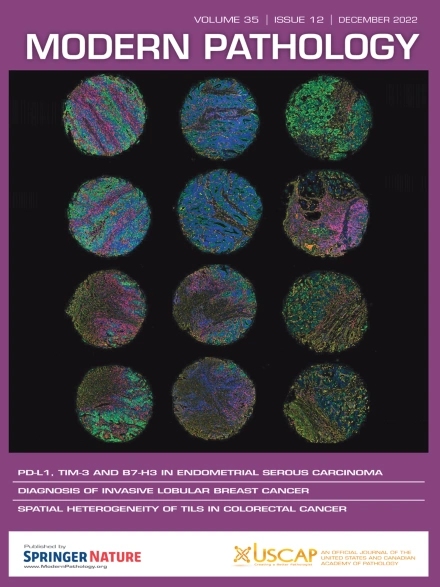An Immunofluorescence-Guided Segmentation Model in Hematoxylin and Eosin Images Is Enabled by Tissue Artifact Correction Using a Cycle-Consistent Generative Adversarial Network
Abstract
Despite recent advances, the adoption of computer vision methods into clinical and commercial applications has been hampered by the limited availability of accurate ground truth tissue annotations required to train robust supervised models. Generating such ground truth can be accelerated by annotating tissue molecularly using immunofluorescence (IF) staining and mapping these annotations to a post-IF hematoxylin and eosin (H&E) (terminal H&E) stain. Mapping the annotations between IF and terminal H&E increases both the scale and accuracy by which ground truth could be generated. However, discrepancies between terminal H&E and conventional H&E caused by IF tissue processing have limited this implementation. We sought to overcome this challenge and achieve compatibility between these parallel modalities using synthetic image generation, in which a cycle-consistent generative adversarial network was applied to transfer the appearance of conventional H&E such that it emulates terminal H&E. These synthetic emulations allowed us to train a deep learning model for the segmentation of epithelium in terminal H&E that could be validated against the IF staining of epithelial-based cytokeratins. The combination of this segmentation model with the cycle-consistent generative adversarial network stain transfer model enabled performative epithelium segmentation in conventional H&E images. The approach demonstrates that the training of accurate segmentation models for the breadth of conventional H&E data can be executed free of human expert annotations by leveraging molecular annotation strategies such as IF, so long as the tissue impacts of the molecular annotation protocol are captured by generative models that can be deployed prior to the segmentation process.

 求助内容:
求助内容: 应助结果提醒方式:
应助结果提醒方式:


